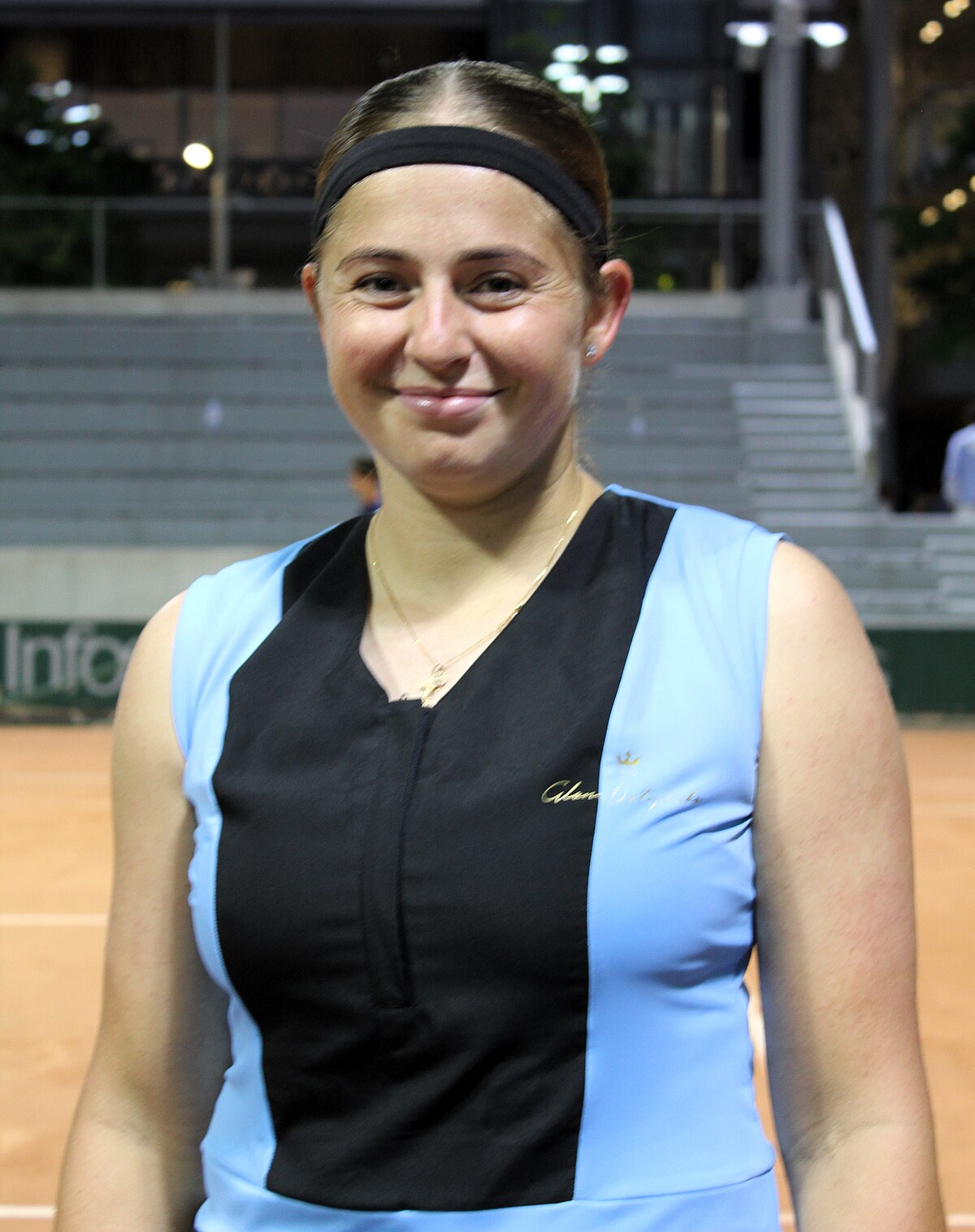
Introduction
Jeļena Ostapenko, the Latvian tennis sensation, has been making headlines on the WTA Tour since her remarkable victory at the 2017 French Open. As one of the most promising talents in women’s tennis, her journey is drawing attention not only for her fierce playing style but also for her capability to inspire young athletes. Understanding her rise in the sport is crucial as it reflects the changing dynamics in women’s tennis and highlights new talent emerging from Eastern Europe.
Early Career and Breakthrough
Born on June 8, 1997, in Riga, Latvia, Ostapenko was introduced to tennis at a young age. Her commitment and dedication to the sport quickly paved the way for her ascent in junior competitions, where she showcased her powerful groundstrokes and aggressive play. In 2017, Ostapenko’s career took a significant turn when she clinched the title at Roland Garros, becoming the first Latvian to win a Grand Slam singles title. Her victory was not only a personal achievement but also a monumental moment for Latvian sports.
Recent Performances and Rankings
In recent months, Ostapenko has continued to illustrate the qualities that led to her initial success. She has delivered impressive performances in various tournaments, including reaching the quarterfinals at Wimbledon and consistently making it to the later stages of WTA events. As of October 2023, she maintains a position within the top 20 of the WTA rankings, reflecting her talent and competitive nature. Her recent matches display her improvement in match strategy and mental resilience, vital components for any athlete aiming for sustained success.
Impact and Legacy
Ostapenko’s influence goes beyond her on-court achievements. She has become a role model for many aspiring young athletes, particularly in Latvia and neighbouring countries. By excelling in a competitive arena, she has helped popularise women’s tennis in regions where the sport is still growing. Her passionate play style and determination echo the values of hard work and perseverance, encouraging many to pursue their dreams despite obstacles.
Conclusion
Jeļena Ostapenko continues to rise as a dominant force in tennis. Her journey from a young player in Latvia to a Grand Slam champion serves as an inspiring narrative for not just future tennis players, but for all athletes. As the upcoming tennis seasons unfold, fans and critics alike will be watching closely to see how she develops her game, aiming for additional titles and further accomplishments. For the sport, her presence reinforces the importance of nurturing young talent and embracing diversity in athletic success.
You may also like

The Rise of Aryna Sabalenka in Professional Tennis

A Comprehensive Look at the WTA Finals 2023
